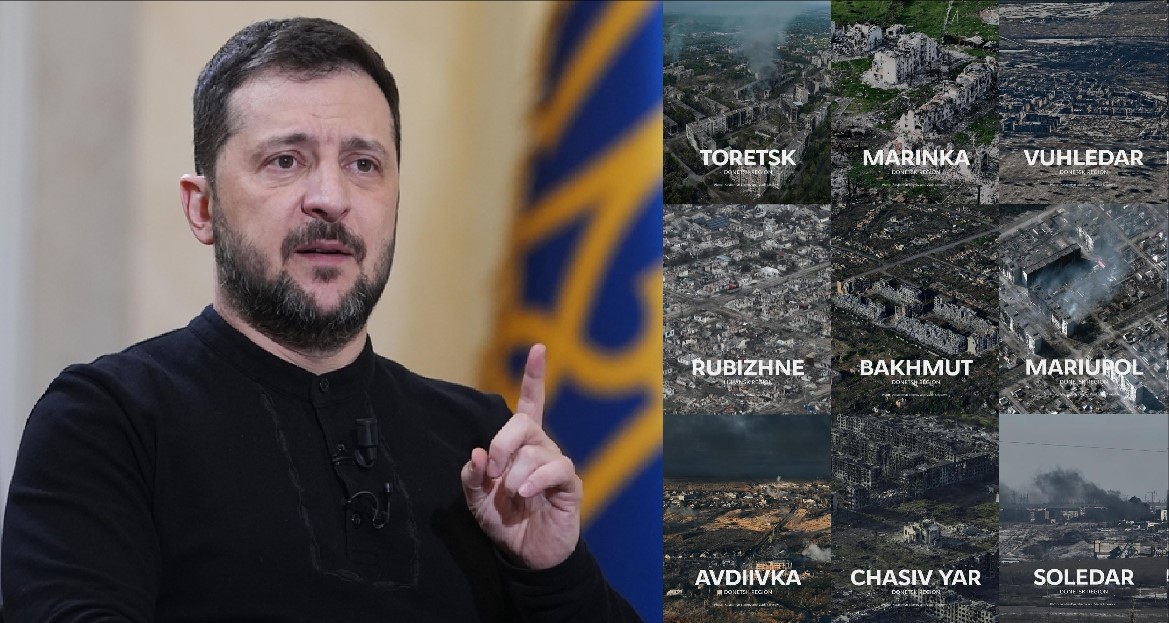Ukraine’s Debt Triples Since 2022, Parliament Says 35 Years Needed for Repayment

Ukraine’s Parliament has revealed that the country’s national debt has tripled since 2022, warning that it could take more than 35 years to pay off, with interest payments alone expected to exceed 3.8 trillion hryvnia — around US $90 billion. The figures reflect not only the massive wartime borrowing but also the scale of destruction that has crippled Ukraine’s economy.
Before Russia’s full-scale invasion in February 2022, Ukraine’s total public debt stood at roughly US $98 billion. By early 2025, that number had surged to about US $170 billion, as Kyiv relied on emergency loans and foreign assistance to sustain its budget. The debt-to-GDP ratio has now risen to nearly 80 percent, a level rarely seen in the country’s post-independence history.
War’s Enormous Economic Toll
Since the start of the war, Ukraine has lost around 30 percent of its pre-war GDP, and millions of workers have been displaced. Entire industrial regions in the east and south — once the backbone of Ukraine’s manufacturing and mining output — have been destroyed or remain under Russian occupation. The National Bank of Ukraine estimates that it will take at least a decade of sustained growth for the economy to return to its 2021 level.
Infrastructure losses are equally staggering. According to the Kyiv School of Economics (KSE), direct war-related damage has already exceeded US $155 billion, covering housing, roads, energy networks, schools, and hospitals. More than 250,000 residential buildings have been damaged or destroyed, along with 1,700 schools, 340 hospitals, and over 500 bridges. Major cities such as Mariupol, Bakhmut, Sievierodonetsk, and Avdiivka have been reduced to rubble.
Rebuilding these cities, experts say, could take at least 15 to 20 years and require more than US $486 billion in total reconstruction spending — nearly three times Ukraine’s annual GDP. Universities and research centers, many of which were hit by air strikes, will also need years to recover. UNESCO has documented damage to over 400 cultural and educational institutions, calling it one of Europe’s worst cultural losses since World War II.
Borrowed Future
Faced with a collapsing tax base and record defense spending, Kyiv has turned increasingly to external borrowing. The government has received billions in emergency funding from the European Union, the United States, and the International Monetary Fund (IMF), but most of it comes in the form of loans rather than grants.
In 2024, Ukraine restructured US $20.5 billion of its international bonds, extending repayment deadlines and cutting interest rates. Even so, the country’s total obligations continue to climb, with external debt alone increasing by US $10 billion in the first quarter of 2025, according to the National Bank of Ukraine.
Parliament’s Finance Committee warned that interest payments on existing loans could surpass 3.8 trillion hryvnia, or roughly 15 percent of the government’s annual budget, by the end of the decade. Officials estimate that paying off the principal and accumulated interest could take 35 years or more, unless major portions are written off or converted into grants.
Reconstruction vs. Debt
Ukraine’s dual challenge — rebuilding a shattered country while managing an unsustainable debt load — has sparked debate among economists and lawmakers.
“The debt is not just a number; it’s a measure of how much the war has set our future generations back,” said one member of the Ukrainian Parliament’s Budget Committee. “Every hospital we rebuild, every bridge we repair, comes with borrowed money.”
Analysts warn that unless reconstruction spending translates into lasting economic growth, Ukraine could face a long-term fiscal trap — rebuilding with borrowed funds that may take decades to repay.
However, there are reasons for cautious optimism. Western countries have pledged to redirect frozen Russian assets, potentially worth US $300 billion, to fund Ukraine’s reconstruction. If such measures are implemented, they could significantly ease Kyiv’s debt burden.
Even with foreign support, the process of rebuilding is expected to take decades. Urban planners say restoring just one large industrial city, such as Mariupol, could take 15 years under current conditions. Re-establishing destroyed universities and research campuses will depend on returning students and reversing wartime brain drain — an equally slow process.
For now, the government’s priority remains survival. Defense spending still consumes more than half of Ukraine’s national budget, leaving little room for reconstruction.
Ukraine’s Ministry of Finance has stated that the nation’s recovery depends on three pillars: victory, growth, and aid. Without all three, it warns, the country risks being trapped under a mountain of debt even after the guns fall silent.
✍️ This article is written by the team of The Defense News.






